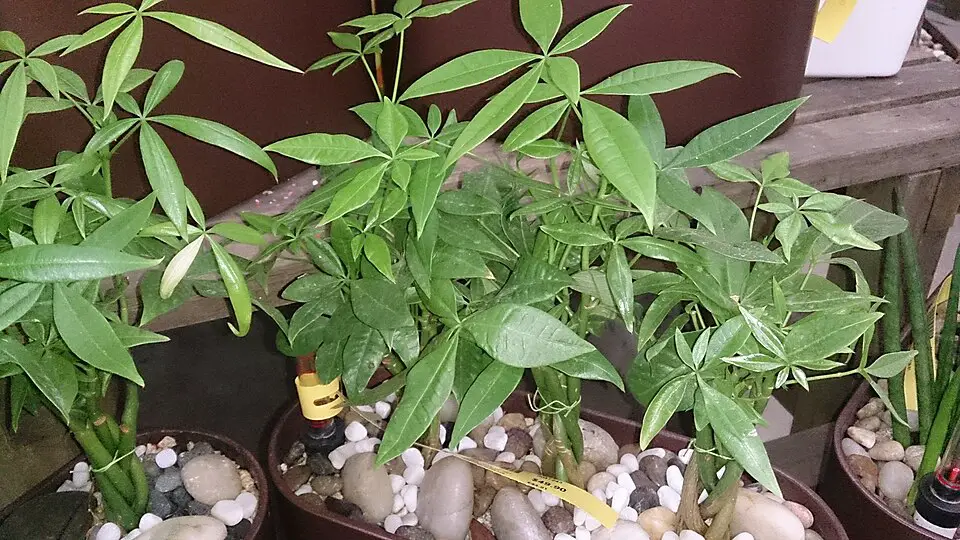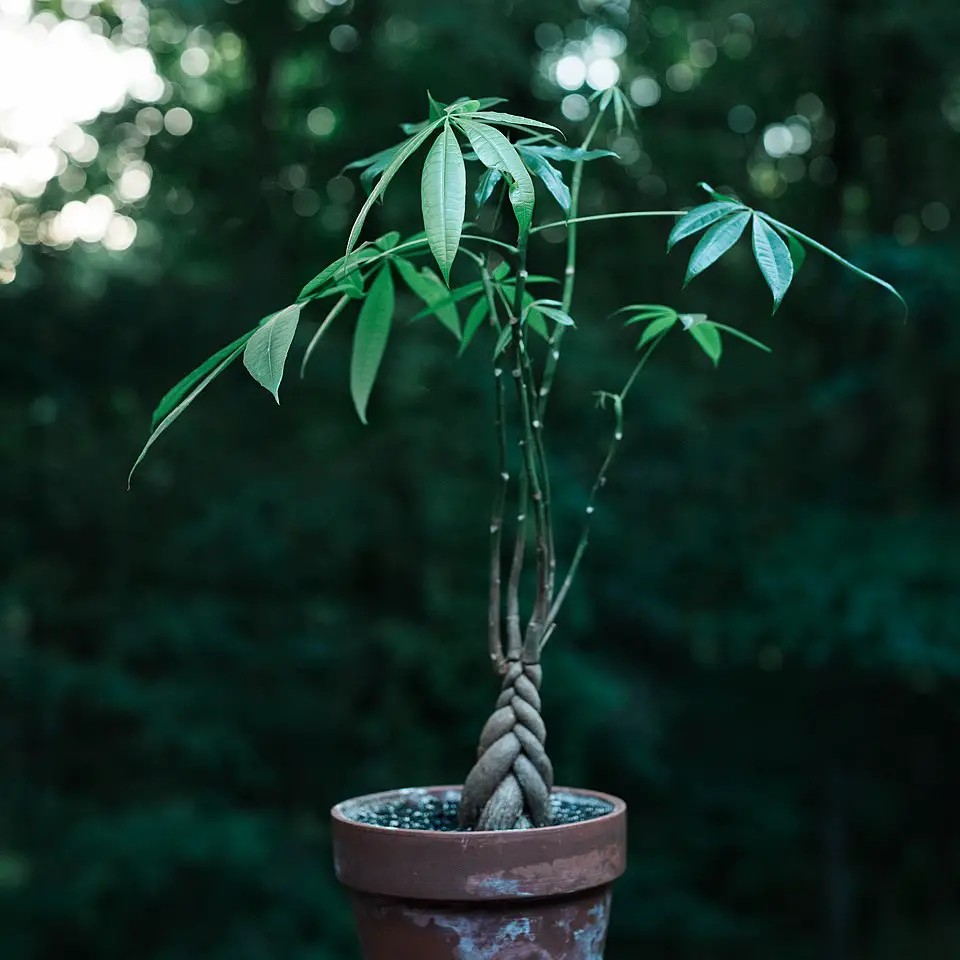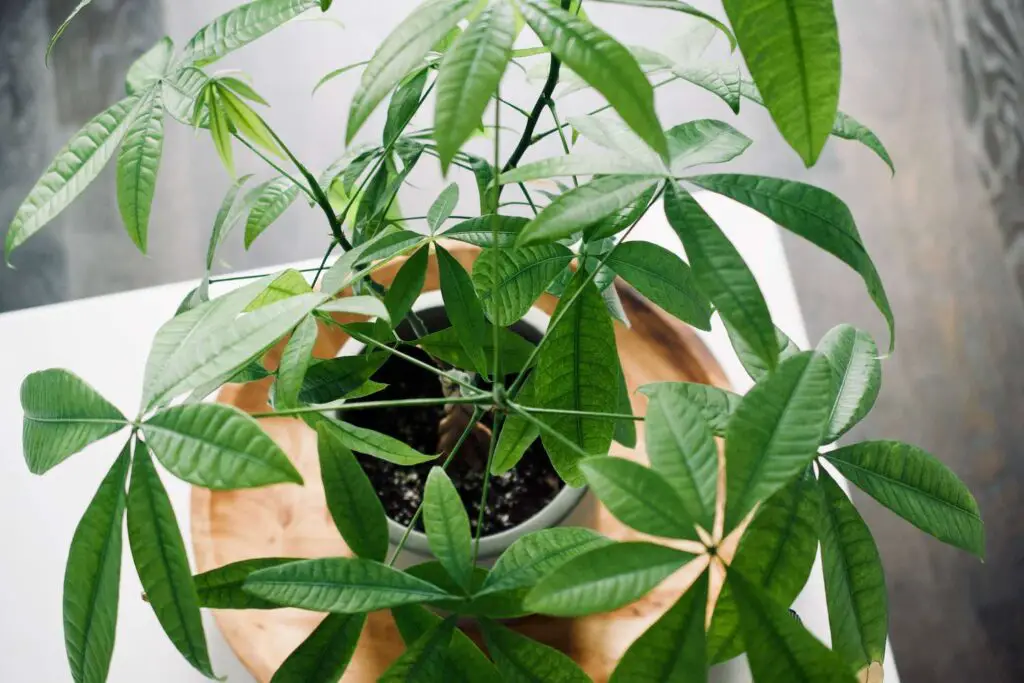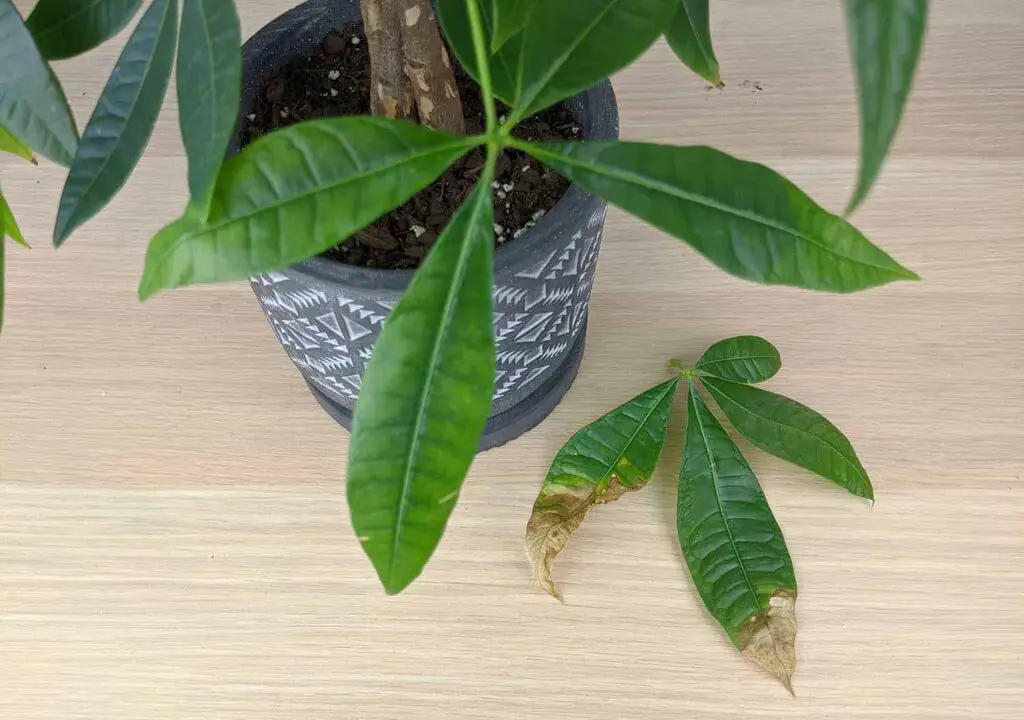Money trees do not require direct sunlight to thrive. They prefer bright, indirect light and can adapt to lower light conditions. Direct sunlight can actually harm their leaves, causing them to scorch or become discolored.
Understanding the Money Tree Plant
The money tree, scientifically known as Pachira aquatica, is a popular houseplant that originates from Central and South America. It is often associated with good luck and prosperity in various cultures. The plant features lush, green leaves arranged in a unique pattern, giving it a distinctive appearance. Money trees are known for their resilience and adaptability, making them an ideal choice for both novice and experienced plant enthusiasts.

One of the critical aspects of caring for a money tree is understanding its light requirements. Many new plant owners often wonder about the need for direct sunlight. While it is commonly believed that houseplants thrive best in bright light, the money tree has specific needs that differ from other plants.
Natural Habitat and Light Preferences
In its natural habitat, the money tree grows along riverbanks and in wetlands, where it receives filtered sunlight through the canopy of taller trees. This environment indicates that money trees are adapted to low-light conditions. Therefore, they do not need direct sunlight to survive or flourish.
Providing the right type of light is essential for healthy growth. Here are some key points regarding the light preferences of a money tree:

- Bright, indirect light is ideal for optimal growth.
- Direct sunlight can cause leaf burn and damage.
- Money trees can tolerate low-light conditions but may grow slower.
- Rotating the plant occasionally ensures even exposure to light.
Signs of Improper Lighting
It is important to monitor your money tree for signs that it may not be receiving the right type of light. Here are some common indicators of improper lighting:
- Leaf Burn: If you notice brown tips or scorched patches on the leaves, this could indicate too much direct sunlight.
- Pale Leaves: Leaves that lose their rich green color may be a sign of insufficient light.
- Stunted Growth: If your money tree is not growing or developing new leaves, it might need more light.
Ideal Lighting Conditions
To ensure your money tree thrives, consider placing it in a location where it can receive bright, indirect sunlight. A spot near a window that does not receive direct sun rays is typically ideal. Additionally, if you notice any signs of distress, adjusting its position can help improve its health.
For those who live in areas with limited natural light, using grow lights can be an effective solution. These lights can provide the necessary spectrum of light for photosynthesis without the risk of burning the plant’s leaves. Here are some tips for using grow lights:

- Position grow lights about 12 to 24 inches above the plant.
- Keep the lights on for 12 to 16 hours a day to mimic natural sunlight.
- Adjust the distance as needed based on plant response.
Watering and Humidity Needs
In addition to proper lighting, watering and humidity play crucial roles in the health of a money tree. It is essential to allow the top inch of soil to dry out between waterings. Overwatering can lead to root rot, which can be detrimental to the plant’s health. Humidity levels also matter; money trees enjoy a humid environment. If you live in a dry area, consider misting the leaves or using a pebble tray filled with water to increase humidity.
Overall, understanding the specific needs of your money tree will help ensure its longevity and vitality. Providing adequate lighting while maintaining proper watering and humidity levels creates an optimal environment for this beautiful plant.
Common Myths About Money Trees and Sunlight
As with many houseplants, misconceptions about the care requirements for money trees abound. Understanding these myths can help you provide better care for your plant. Here are some common myths regarding money trees and their sunlight needs:
- Myth 1: Money trees thrive in direct sunlight.
- Myth 2: The more light, the better.
- Myth 3: Money trees will grow faster with more sunlight.
Each of these myths can lead to improper care and potentially harm your money tree. By debunking these misconceptions, you can create a more conducive environment for your plant’s growth.

Myth 1: Money Trees Thrive in Direct Sunlight
This myth is one of the most prevalent. While many plants enjoy bright, direct light, money trees are not among them. Direct sunlight can scorch their delicate leaves, leading to unsightly brown edges and overall poor health. Instead, these plants prefer bright, indirect light. Placing them near a window with filtered light or in a well-lit room is optimal.
Myth 2: The More Light, the Better
Another common misconception is that more light automatically results in healthier plants. While adequate light is essential for photosynthesis, too much light can be detrimental. Money trees can suffer from light stress if exposed to intense sunlight for prolonged periods. It is vital to monitor their condition and adjust their light exposure accordingly.
Myth 3: Money Trees Will Grow Faster With More Sunlight
Many plant owners assume that increased sunlight will accelerate growth rates. However, this is not necessarily true for money trees. These plants grow best in stable conditions with appropriate light levels. Rapid changes in light exposure can lead to stress, slowing growth instead of promoting it.
Light Requirements Over Seasons
Understanding how seasonal changes affect your money tree’s light requirements is crucial. Throughout the year, the intensity and duration of sunlight fluctuate, influencing how you care for your plant.
Spring and Summer
During the spring and summer months, daylight hours increase, providing ample natural light. During this time, your money tree may benefit from slightly more exposure to bright, indirect light. However, it is still essential to avoid direct sunlight. Here are some tips for caring for your money tree during these seasons:
- Monitor the plant closely for signs of stress due to increased light.
- Consider rotating the plant every couple of weeks to ensure even exposure.
- If necessary, move it further from the window to prevent leaf burn.
Fall and Winter
As fall approaches and daylight hours decrease, your money tree may require adjustments in its placement. The lower intensity of winter sunlight means that your plant may need more light than it did in the warmer months. Here are some considerations for this season:
- Keep an eye on the plant’s growth; if it appears sluggish, it may need more light.
- Use grow lights if natural light is insufficient during winter months.
- Ensure that dust does not accumulate on leaves, as this can block light absorption.
Tips for Optimizing Light Conditions
Creating the perfect lighting environment for your money tree involves a few simple practices that can significantly enhance its health and appearance. Here are some tips to ensure your plant receives the right amount of light:
- Choose the Right Location: Find a spot in your home that receives bright, indirect light, such as near north or east-facing windows.
- Avoid Heat Sources: Keep your money tree away from heat sources like radiators or heaters that can dry out the air and harm the plant.
- Use Sheer Curtains: If placing your money tree near a south or west-facing window, consider using sheer curtains to diffuse direct sunlight.
- Regularly Check Light Levels: Use a light meter or monitor how natural light changes throughout the day to adjust your plant’s location as needed.
By following these guidelines, you can help ensure that your money tree receives just the right amount of light throughout the year, promoting healthy growth and vibrant foliage.
2>Adjusting Care During Different Light Conditions As you learn more about your money tree’s light requirements, it is essential to adjust care based on the light conditions in your home. The way you care for your plant will vary with changes in light exposure. Here are some strategies to consider. Watering is a crucial aspect of plant care that directly correlates with light exposure. When your money tree receives more light, it may use water more quickly due to increased photosynthesis. Conversely, during periods with less light, the plant’s water uptake may slow down. Here are some tips for adjusting your watering practices: The amount of light your money tree receives can also influence its nutrient requirements. A plant in brighter conditions may benefit from more frequent fertilization than one in lower light. Here are some guidelines for fertilizing your money tree: Several environmental factors can influence how much light your money tree receives and how it grows. Being aware of these factors can help you create the best environment for your plant. The temperature of the room where your money tree is placed can significantly affect its overall health and response to light. Ideally, money trees prefer temperatures between 65°F and 80°F (18°C to 27°C). Here are some temperature-related tips: Money trees thrive in humid environments, as they are native to tropical regions. Low humidity can lead to leaf drop and other issues. Here’s how you can manage humidity levels: If your money tree is not receiving adequate light, it will exhibit several signs of distress. Recognizing these symptoms early allows you to take corrective action before serious damage occurs. If you notice these signs, consider relocating your money tree or providing supplemental lighting to improve its condition. Understanding these indicators will help you maintain a healthy and thriving money tree in your home. As the se asons change, the care required for your money tree may also need to be adjusted. Seasonal variations in light, temperature, and humidity can impact the health and growth of your plant. Being attentive to these changes can help you maintain a thriving money tree throughout the year. Spring is a time of renewal, and your money tree will begin to show signs of new growth as daylight increases. During this season, consider the following: During the summer months, your money tree will thrive in bright, indirect light. Keep these tips in mind: The fall and winter months require a different approach. As temperatures drop and light diminishes, consider these adjustments: Caring fo r a money tree is a rewarding experience that can last for many years with proper attention. Here are some long-term care tips to keep in mind: A well-cared-for money tree can grow to be a beautiful centerpiece in your home. With its lush leaves and attractive braided trunk, it not only adds beauty but also symbolizes good fortune and prosperity. Understanding the light requirements of your money tree is essential for its overall health and vitality. Unlike many houseplants, money trees thrive best in bright, indirect light rather than direct sunlight. By creating an environment that mimics their natural habitat, you can ensure that they grow strong and beautiful. Throughout this article, we explored the importance of light, as well as environmental factors such as humidity and temperature that affect your plant’s health. Adjusting care based on seasonal changes and being mindful of common myths will help you become a more effective plant parent. With proper care and attention, your money tree can flourish for years to come. By providing the right lighting conditions, monitoring its needs, and adjusting care practices according to changing seasons, you can enjoy a vibrant money tree that brings luck and beauty into your home. Your journey with your money tree is just beginning. Embrace the learning process and enjoy watching your plant thrive!Adjusting Watering Practices
Fertilization Needs Based on Light Exposure
Environmental Factors Impacting Light and Growth
Room Temperature and Light Interaction
Humidity Levels and Their Importance
Signs Your Money Tree Is Not Getting Enough Light
Common Symptoms of Low Light Exposure
Adjusting Care for Seasonal Changes
Spring Care
Summer Care
Fall and Winter Care
Caring for Your Money Tree Long-Term
Final Thoughts
